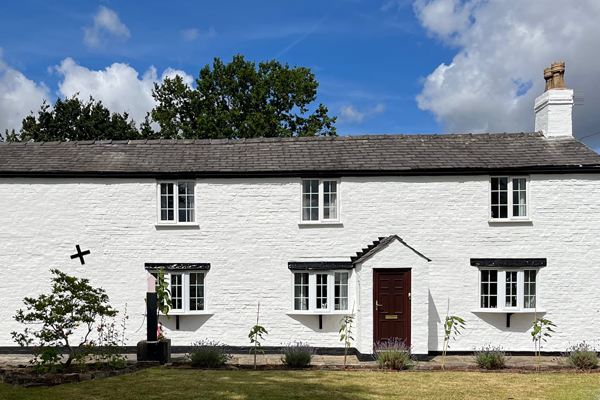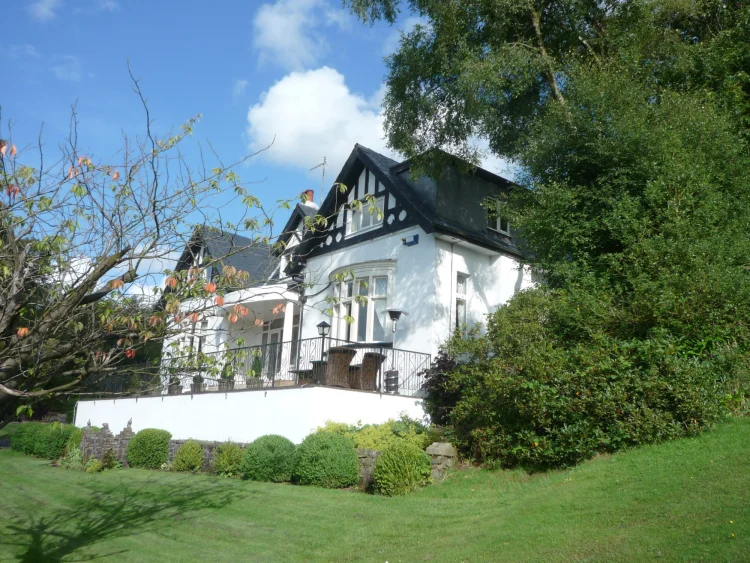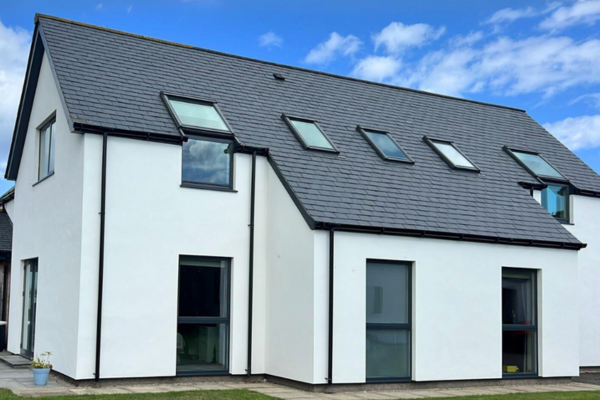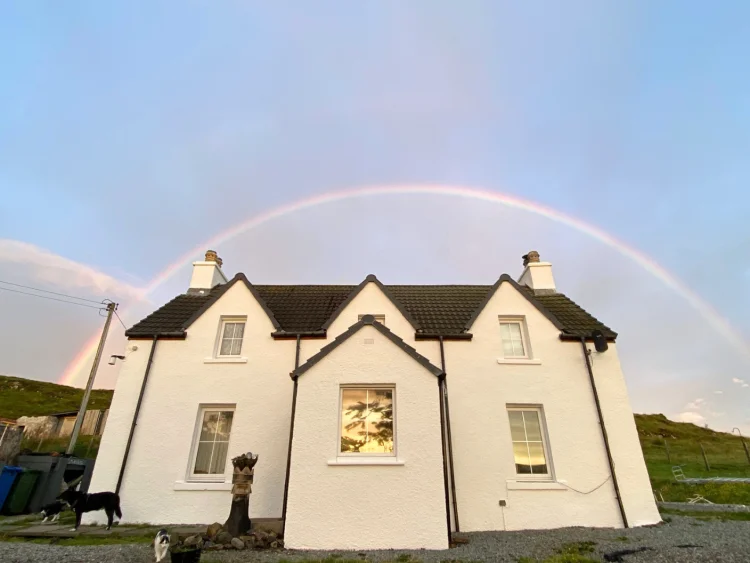Allow your home to breathe
The science of breathability
Breathability is crucial for your home and its health, which is why understanding how it works is crucial to decide what paint is right for you and your home.
What is breathability?
‘Breathing’ and building materials may not seem like an obvious pairing, after all, bricks don’t breathe the way humans do.
However, bricks and other building materials have a naturally porous structure, meaning they contain a series of interconnected pathways or ‘pores’ that allow moisture to move in and out.
‘Breathability‘ refers to how easily water vapour can pass through these pores, allowing moisture to escape rather than becoming trapped inside the walls.
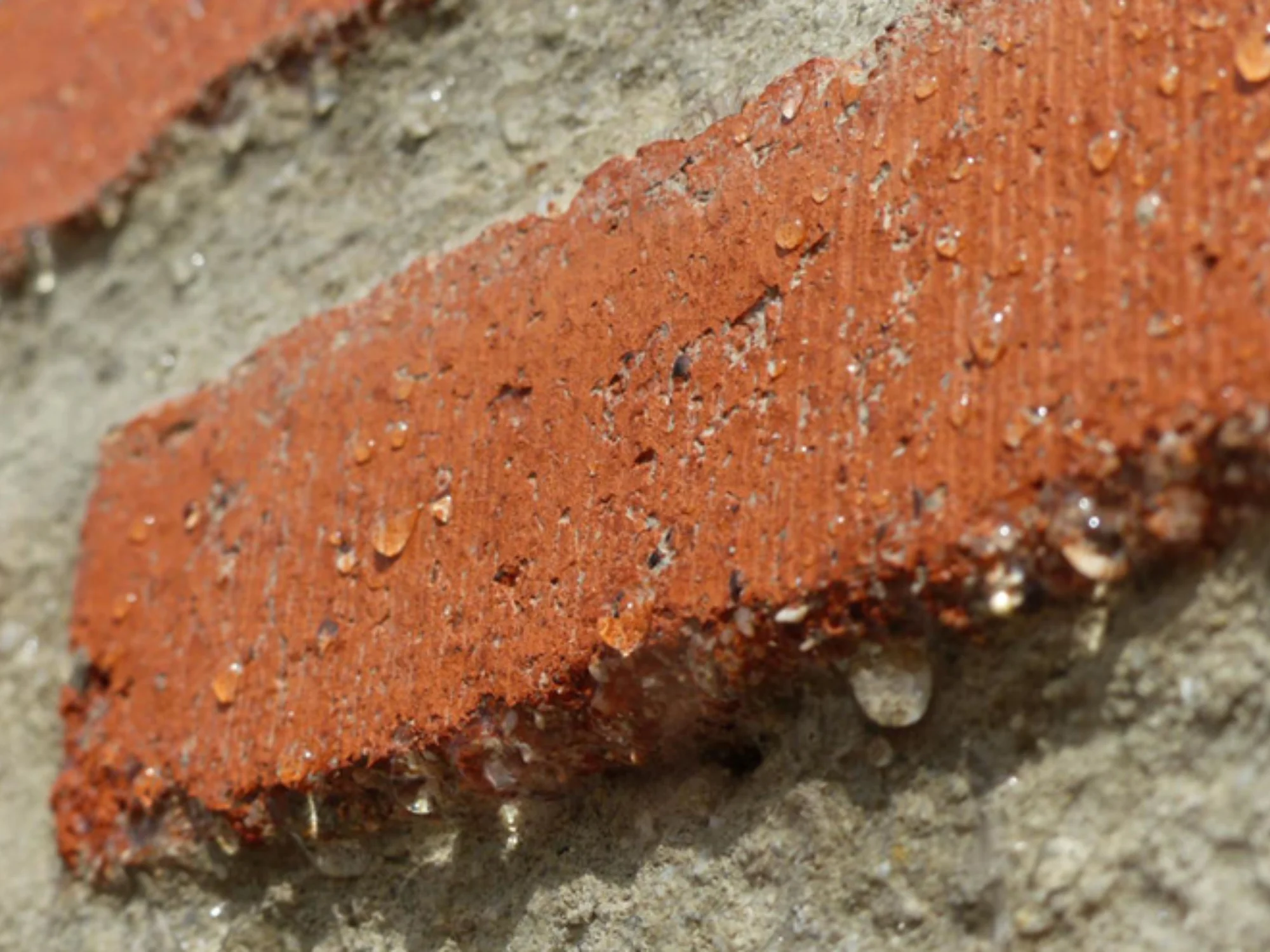
Why your home needs to breathe
Walls naturally absorb moisture from rainfall, the ground, humidity and even condensation. If this natural ability to breathe out of your home is compromised, water vapour can become trapped. The eventual build-up of moisture results in a whole host of problems including damp, poorer energy efficiency, mould and damage to exterior and interior walls.
The blocking of pores occurs when a masonry paint, sealer, or render system is applied to the external walls of a building, creating resistance to water vapour movement. While these coatings may be intended to protect the surface, many trap moisture inside by sealing off the natural pathways that allow walls to breathe.
While you would expect these paints, sealers and coatings to be designed to breathe with your home, the opposite is often the case. Many standard masonry paints with acrylic or plastic-based binders and sealers can often significantly reduce the breathability of your home, trapping moisture and causing more problems than they solve.
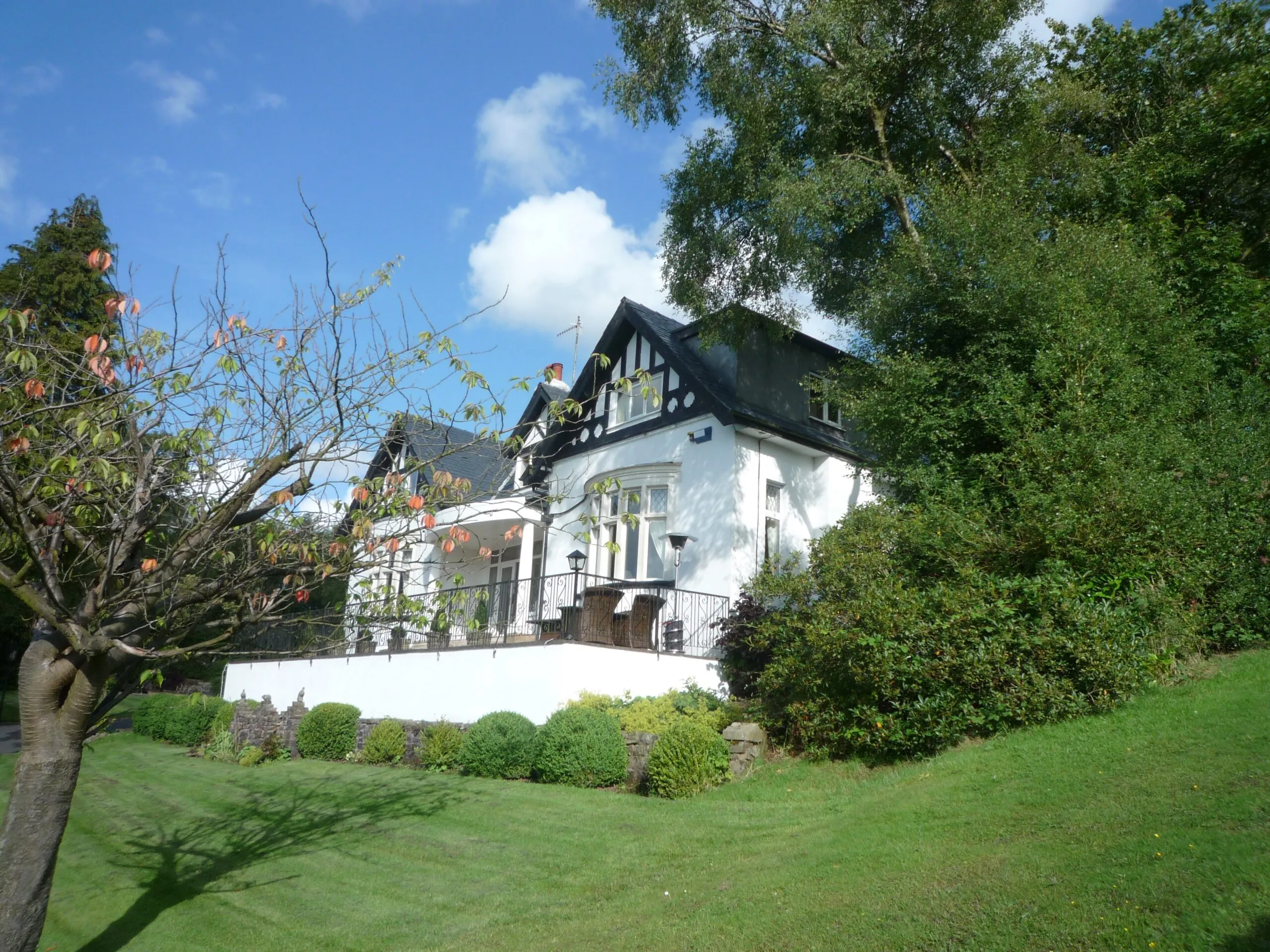
The science of breathable paint
Standard masonry paints and waterproof sealers often create a solid, impermeable layer that blocks the pores of masonry surfaces like brick, stone and render.
In order to create a highly breathable formulation that doesn’t compromise breathability, we developed our open-pore formulation using nano-technology.
At a microscopic level, our paint contains millions of nano-sized pores that are invisible to the naked eye. When these pores align with the natural pores that are present on the exterior walls of your home, the essential pathways for water vapour to pass through the substrate are preserved.
Putting a number to breathability
The problem is any paint or sealer that allows some level of water vapour to pass through its surface can be labelled ‘breathable’ even if this is to a small degree. That is why being able to state a number in relation to the level of breathability is crucial.
An SD value is a scientific measurement that can be tested and measured to determine how easily water vapour can pass through a material. The lower the SD value, the more breathable the product is. Generally speaking, paints with an SD value below 0.5 are considered breathable by British standards.
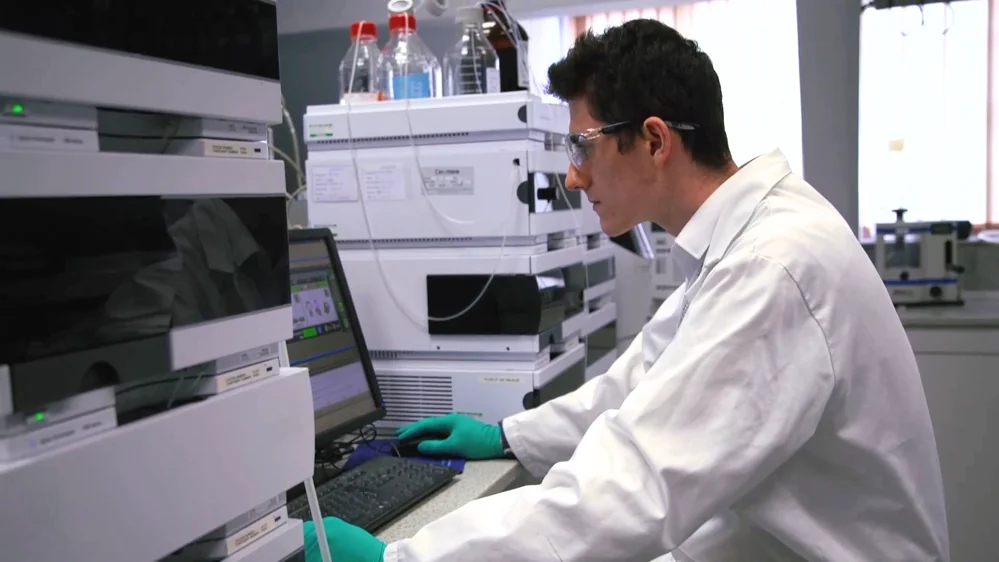
Breathability breakdown
We disclose all of our independently tested and verified SD values for our products – after all, they are worth shouting about. Both Emperor Masonry Paint and Emperor Masonry Creme have SD values below 0.03, on par with the exceptional breathability of limewash. In contrast, many standard masonry paints and sealer products often do not openly disclose their breathability SD values.
.
| Paint Type | SD Breathability Value |
|---|---|
| Standard masonry paint | ? |
| Brick sealers | ? |
| Limewash | < 0.1 |
| Emperor Masonry Paint | 0.03 |
| Emperor Masonry Creme | 0.01 |
Explore breathability
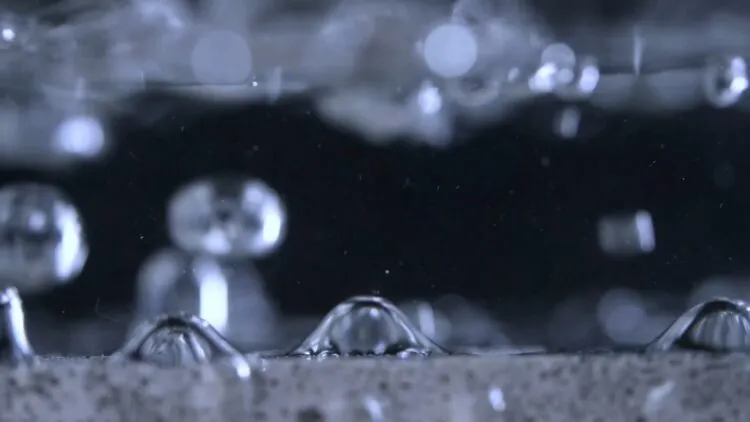
Breathability Explained
Discover more about breathability, how important it is for your house and how you can ensure your home can naturally breathe.
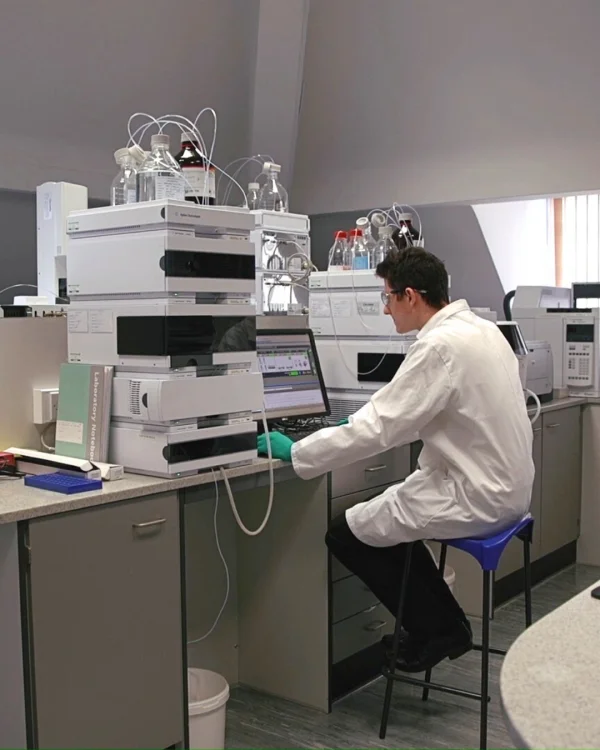
HOW BREATHABILITY IS TESTED
Discover how breathability is tested to provide a clear and measurable indication of how effectively a paint allows your home to breathe.
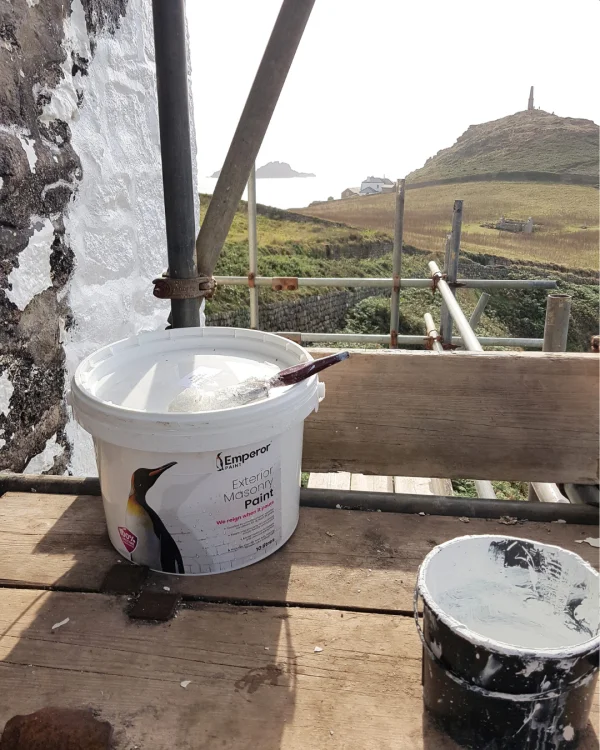
How Can Paint Breathe & Repel Water?
Many believe a paint can’t do both, but Emperor Paint proves otherwise. Learn how our nano-technology provides the best of both worlds.
We're here to help
Our dedicated team are on hand to help you no matter what the problem is.
You can get in touch with us by emailing [email protected], calling 01254 936121 or by chatting to us on Whatsapp.


